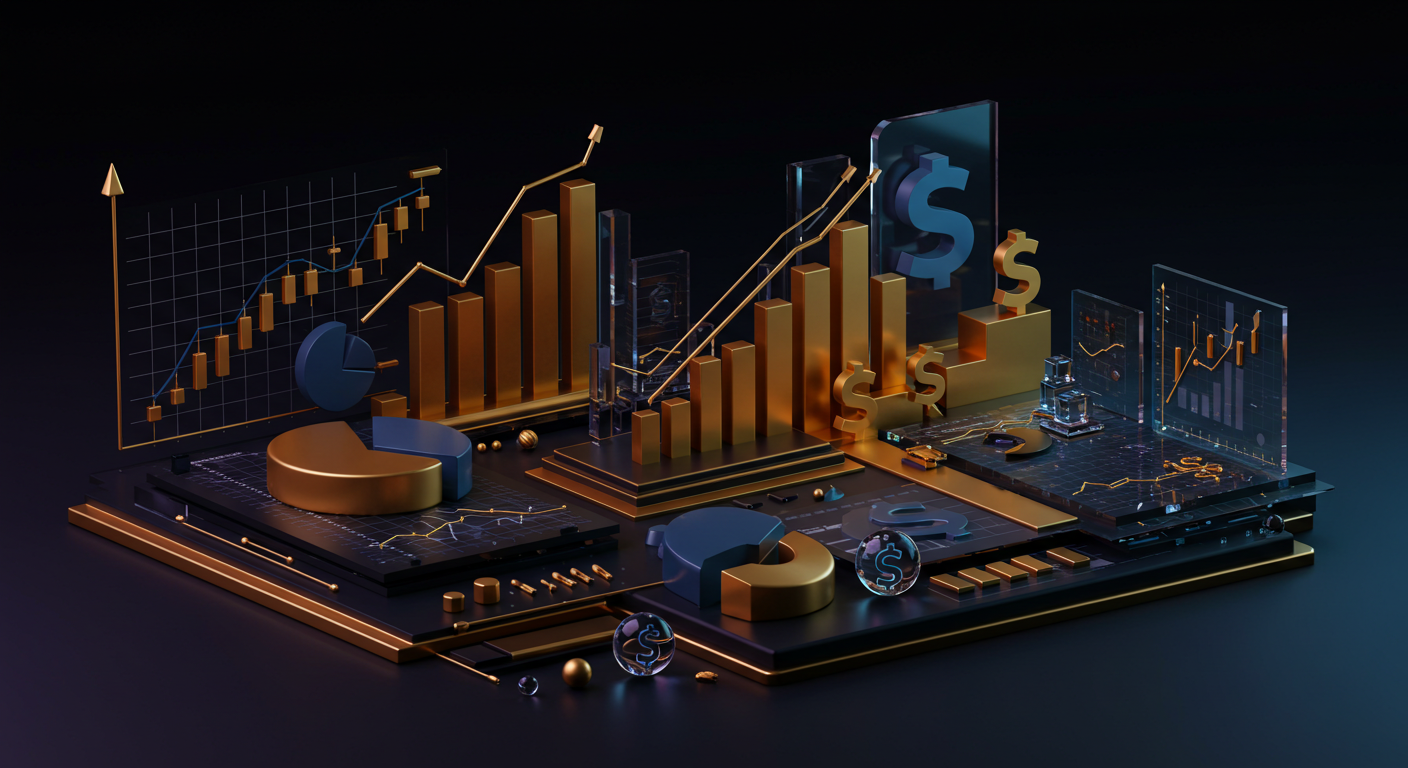
Gold prices have stabilised just below $3,400 per troy ounce after briefly surpassing this mark. The uncertainty surrounding the Middle East conflict is expected to bolster the precious metal, but the surge in prices since the year’s start might deter large purchases.
Data on Gold deliveries between Hong Kong and China in May, anticipated next week, may reflect April’s strong Chinese demand. For Gold to approach record highs again, further escalation in the Middle East, such as potential US involvement in Iranian conflicts, might be necessary.
Disclaimer On Investment Advice
The content includes forward-looking statements with inherent risks and uncertainties. It does not serve as a recommendation for asset transactions, and thorough personal research is advised before investment decisions. The content disclaims accountability for errors or timely updates, and stresses risks, including total investment loss.
Neither the author nor the platform disclaims roles as registered investment advisors, and nothing within is intended as investment advice. The author has no stock positions or business ties with companies mentioned and hasn’t been compensated by external parties for writing this. The author will not be liable for any errors, omissions, or damages linked to the information provided.
While Gold has recently hovered just shy of the $3,400 mark, its momentum appears tied to a blend of market hesitation and geopolitical risk. The early-year climb in the metal’s value, already substantial, puts us in a position where upside may be dampened temporarily—not from lack of demand, but as a natural cooling after such a steep run. We should not underestimate how heavy positioning can trigger a pause, especially when fresh catalysts are needed to reignite the rally.
The anticipated release of trade data between Hong Kong and mainland China is worth keeping tabs on. If May numbers echo April’s strong appetite for bullion, likely driven by currency hedging and domestic uncertainty, then demand from the East remains intact. Still, even this won’t necessarily be enough. For Gold to test its recent highs again, our models factor in an additional layer of risk—something more pressing on the geopolitical side.
Western Military Movements And Their Market Impact
The potential for Western military entanglements in the Gulf region is arguably the one variable that hasn’t yet played out fully. Should Washington move closer to direct conflict with Tehran, we could see elevated safe-haven flows, not only in physical markets but across futures and options alike. Hedgers would likely respond swiftly given current open interest positioning; there’s been little unwinding which suggests that portfolios still carry defensive exposure.
We’re now in a holding pattern. Volatility metrics are steady, but skew is beginning to edge upward—an early signal that some are pricing in tail risks into short- to mid-dated options. That means we may start seeing more aggressive protective bids, particularly in call spreads if traders anticipate a pop on new geopolitical news.
Those operating in the derivatives market need to scrutinise implied versus realised volatility trends over the fortnight ahead. Short gamma exposure has been relatively muted, but could spike if spot breaks firmly above key resistance. Conversely, a sideways churn in price could make theta burn an issue, especially for those overpaying on premium without sufficient directional conviction.
There is little seasonal drag expected, but liquidity pockets will matter. Watch for volume shifts during major regional trading hours, as price reactions to headlines may initially appear exaggerated before settlement flows kick in. This is particularly true during periods when macroeconomic data out of Asia overlaps with risk events out of the United States.
We should continue adjusting our risk exposure based not just on price action alone, but on likelihood and timing of external catalysts. Remaining nimble is better than being early here. Rate expectations are no longer dominant drivers short-term; it’s fear and flight to perceived safety that matters more in pricing.
With all of this in play, one can’t afford to ignore the interaction between futures curves and ETF inventories either. Any sudden inflows may signal retail re-engagement, as opposed to institutional rebalancing. That dynamic has consequences for volatility floors and hedge setup viability.
While the narrative is currently driven by defence and reaction to possible escalation, the lack of retreat in current pricing also hints at sustained underlying demand. The next fortnight is unlikely to yield clarity on broader macro direction, but elevated geopolitical tensions might test whether the current base is strong enough to justify another move higher.







